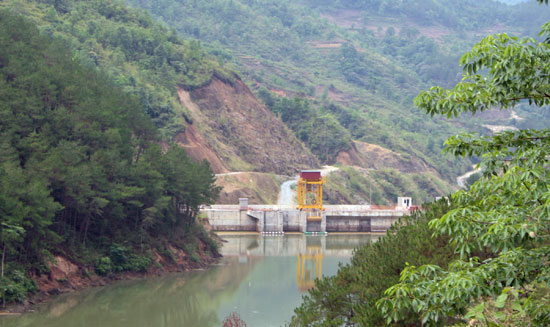A representative from PanNature suggested clearly defining the non-profit status of science and technology organizations to facilitate research, technology transfer, and application. This clarity would also enhance international collaboration and attract funding.

Strategic Environmental Assessment for Each River Basin
On November 25, Vietnam River Network (VRN), Center for People and Nature Reconciliation (PanNature, Vietnam Union of Science and Technology) and Centre for Promotion of Integrated Water Resources Management (Ciwarem) sent a recommendation document to the National Assembly (NA) on planning and management of hydropower projects on rivers’ basin.
As assessed by VRN and PanNature, with a dense network of rivers and favorable geological conditions, Vietnam is considered as one of the countries with hydropower potential. For over 20 years, this potential source has been strongly exploited to serve the objectives of socio- economic development of the country. Currently, Vietnam has 268 hydroelectric projects of large, small and medium scale that have gone into operation, contributing 45.17 % of the total power output of the national electricity grid. However, a large area of forestland, agricultural land and other types was permanently acquired by these works. Worse still, hydropower plants alter natural flow of rivers in both flooding season and dry season, which significantly reduces the amount of the downstream sediment.
 Photo: PanNature.
Photo: PanNature.
In that context, VRN, PanNature and Ciwarem have recommended the NA and management agencies urgently implement a comprehensive assessment of the operational process of hydropower projects as well as separate projects as ladder works, dam and downstream safety; continue reviewing hydropower development planning, consider delaying construction projects in planning without adequate assessment of the environmental and social costs. It is essential that the government prioritizes strategic environmental assessment of hydropower development plan in each river basin to examine related issues, such as environmental and social impacts; coherence with development planning or other nature conservation plans before shifting to the investment phase.



